SOURCE: AP

Pagers used by hundreds of members of the militant group Hezbollah exploded near simultaneously in Lebanon and Syria on Tuesday, killing at least nine people — including an 8-year-old girl — and wounding several thousand, officials said. Hezbollah and the Lebanese government blamed Israel for what appeared to be a sophisticated, remote attack.
A U.S. official said Israel briefed the U.S. on the operation — in which small amounts of explosive secreted in the pagers were detonated — on Tuesday after it was concluded. The person spoke on the condition of anonymity because they were not authorized to discuss the information publicly.
Continue readingSOURCE: IDRW.ORG TEAM

The Defence Research and Development Organisation (DRDO) has commenced work on the Nag Mk II anti-tank guided missile (ATGM), which is set to bring significant improvements to India’s anti-tank capabilities. According to reports from idrw.org, this new iteration of the Nag ATGM will be mounted on the BMP-2 infantry combat vehicle and is expected to incorporate several performance enhancements, including a minor range increase and a reduction in weight.
One of the notable developments in the Nag Mk II program is that Larsen & Toubro (L&T) has been appointed as the Development-cum-Production Partner (DcPP). L&T has a long-standing association with DRDO in the development of the Nag ATGM series, having also been the DcPP for the Nag Mk I.
Continue readingSOURCE: IDRW.ORG
Maraal Aerospace Pvt Ltd, an IIT Kanpur incubated startup, has showcased its innovative Solar Powered Fixed Wing Drone. This groundbreaking technology offers a significant endurance of 12-16 hours, making it ideal for various applications such as Intelligence, Surveillance, and Reconnaissance (ISR), maritime scientific research, search and rescue, mapping, environmental protection, and agriculture.
The MARAAL-3 is a high-altitude solar-powered unmanned aircraft capable of reaching a service ceiling of up to 5 kilometers. It can be launched from any location with a small runway of approximately 200 meters. Equipped with high-definition optical and infrared cameras, state-of-the-art sensors, and a ruggedized design, the MARAAL-3 is ready for round-the-clock missions, including border patrolling, target tracking, maritime surveillance, and navigation.
Continue readingSOURCE: AFI

The Dornier aircraft, manufactured by HAL, the largest aerospace and defence manufacturer of India, and operated by the Indian Navy, made its debut at the Selangor Aviation Show (SAS2024), Malaysia, from 12-14 September. This marked the first time that an aircraft manufactured by HAL participated in this prestigious aviation event.
The Crown Prince of Selangor, Tengku Amir Shah, along with the Chief Minister of Selangor, visited the HAL booth and interacted with High Commissioner B N Reddy and the HAL officers. They expressed their appreciation for India’s maiden and active participation in the SAS2024.
Continue readingSOURCE: AFI

The Indian Space Research Organisation (ISRO) is making significant strides in the realm of space tourism with the development of a reusable space tourism rocket and capsule. Drawing inspiration from its successful Gaganyaan mission, ISRO aims to provide an unforgettable experience for space enthusiasts by taking them to the edge of space.
The reusable rocket and capsule will transport customers to a minimum altitude of 100 kilometers, which is considered the boundary of space. At this height, passengers will have the opportunity to experience the thrill of zero gravity for approximately 3.5 minutes. The entire flight duration is estimated to be around 8.5 minutes.
Continue readingSOURCE: AFI

Space Philic Private Limited, an Indian space-tech startup, has introduced the RUPAK Launch Vehicle, a versatile dual-use system designed for both civilian and military space operations. The RUPAK is a significant addition to India’s growing space technology landscape.
Alongside the RUPAK, Space Philic has also showcased the Engine Shakti, Engine Vibhu, and GP-300 technologies. These components are integral to the RUPAK launch vehicle, demonstrating the company’s comprehensive approach to space exploration.
Continue readingSOURCE: AFI

The RBU-6000 Smerch-2 is a naval anti-submarine warfare (ASW) rocket depth charge system of Soviet origin, developed in the 1950s. Despite its age, it continues to serve as a key component in the Indian Navy’s ASW arsenal, raising questions about the balance between modernization and reliance on older yet proven technologies.
The RBU-6000 is known for its distinctive 12-tube launcher mounted on a pedestal, a remote-controlled system that is fed from a below-deck magazine via a hoist system. This launcher, unlike its predecessors, has the advantage of being highly maneuverable. It can rotate and elevate, with stabilization to account for the ship’s pitch and roll, allowing for more precise targeting without needing to steer the entire ship—a significant improvement over earlier fixed-mount systems. The launcher is controlled by a fire control system integrated with sonar input, which enhances its effectiveness against submarines and underwater threats.
Continue readingSOURCE: AFI

Hindustan Aeronautics Limited (HAL), a state-run aerospace and defense company, is poised to receive a significant upgrade in its status. According to a senior finance ministry official, HAL is likely to be elevated from its current Navratna category to the coveted Maharatna category by the end of 2024.
The Maharatna status confers greater operational and financial autonomy on a company’s board. This includes the authority to make project investments up to Rs 5,000 crore without seeking government approval. In contrast, Navratna companies are limited to making autonomous project investments of up to Rs 1,000 crore.
Continue readingSOURCE: RAUNAK KUNDE / NEWS BEAT / IDRW.ORG
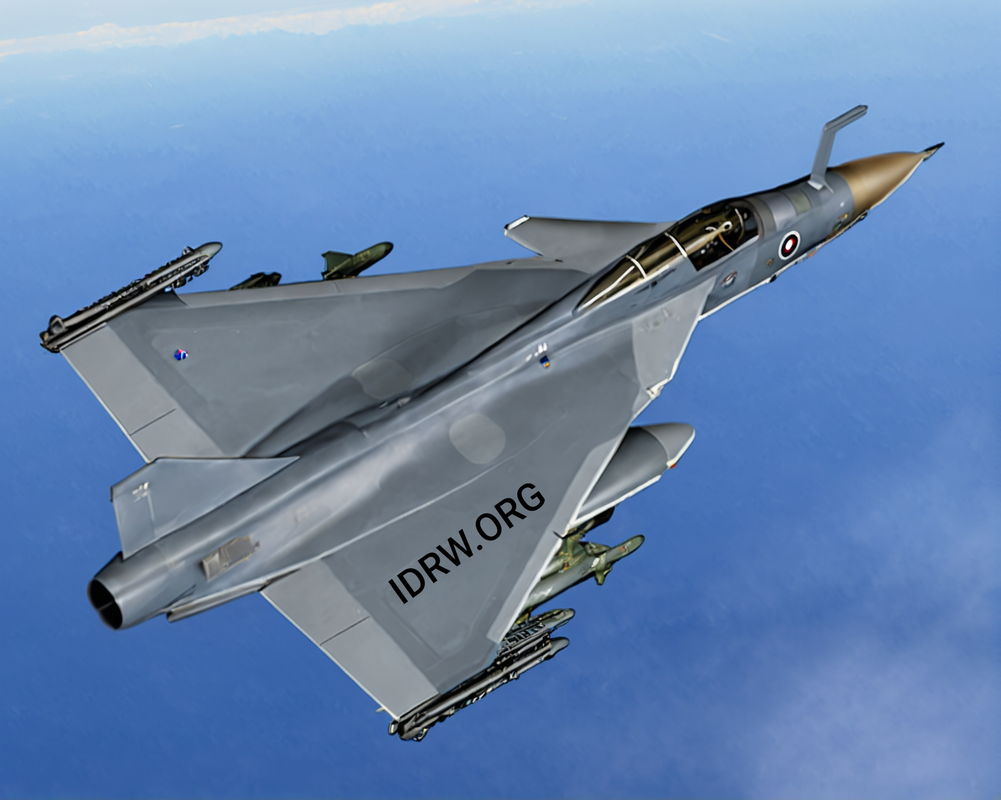
The Indian aerospace industry is abuzz with excitement as the Tejas MkII, the next-generation variant of the indigenous Light Combat Aircraft (LCA) Tejas, inches closer to taking shape. The Aircraft and Systems Testing Establishment (ASTE), a premier Indian Air Force (IAF) institution, has been entrusted with a crucial role in preparing the Tejas MkII for its maiden voyage.
According to reports in idrw.org, aircraft assembly is set to begin this month in Bangalore, with small equipment and fuselage sections already arriving at the HAL facility. The first fully assembled Tejas MkII is expected to roll out next year, marking a significant milestone in the program.
Continue readingSOURCE: RAUNAK KUNDE / NEWS BEAT / IDRW.ORG

In a significant development for India’s aerospace industry, Hindustan Aeronautics Limited (HAL) will secure a complete transfer of technology (ToT) for the Shakti 1H1 engines. This strategic move will enable HAL to fully control the manufacturing process of these critical components, which power a range of Indian-made helicopters.
The Shakti engine, a derivative of the Safran Ardiden 1H1, is specifically designed for high-altitude operations. It has been successfully integrated into several Indian helicopters, including the ALH MKIII (Dhruv), MK IV (Rudra – WSI), and LCH (Light Combat Helicopter). With a demand for nearly 2000 engines to support ongoing operations in the next 20 years, HAL’s decision to develop its turboshaft engine, the HTSE-1200, was driven by a desire to reduce dependence on Safran.
Continue readingSOURCE: RAUNAK KUNDE / NEWS BEAT / IDRW.ORG
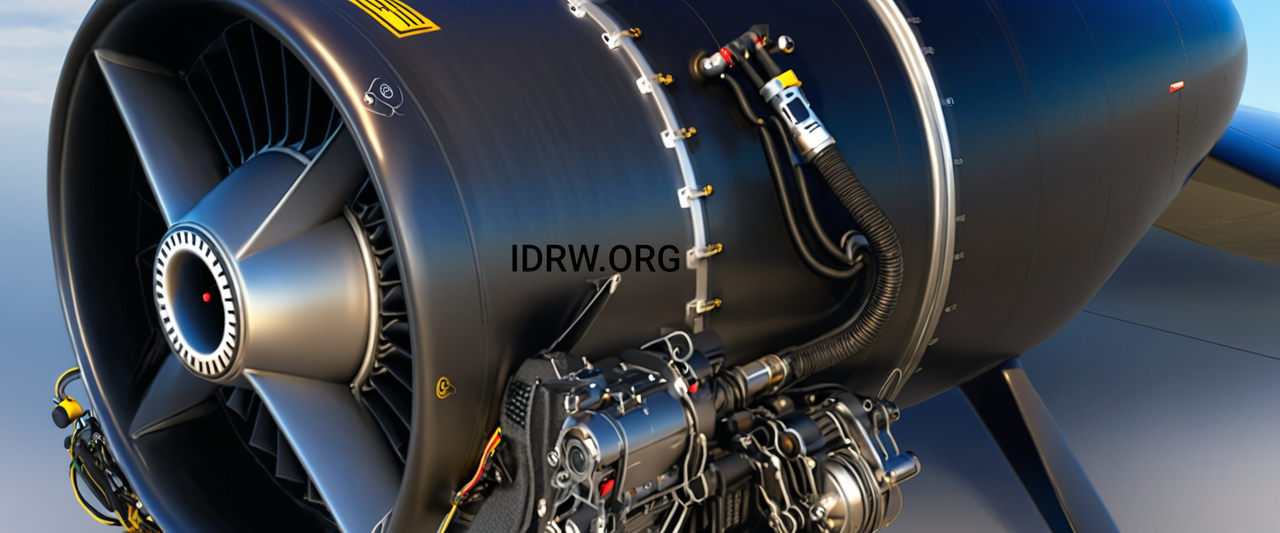
The Indian Navy is poised to revolutionize its anti-ship warfare capabilities with the upcoming deployment of the Naval Anti-Ship Missile-Medium Range (NASM-MR). This indigenously developed missile system features a new Small Gas Turbine Jet Engine (SGTJE), which is being jointly developed by the Research Centre Imarat (RCI) and the National Aerospace Laboratories (NAL).
The SGTJE, with a maximum power of around 2.7 KN, will provide the NASM-MR with high sub-sonic speed and an impressive range of 300 kilometres. This significant boost in performance will enable the missile to effectively target small- to medium-sized warships such as frigates, corvettes, and destroyers.
Continue readingSOURCE: AFI
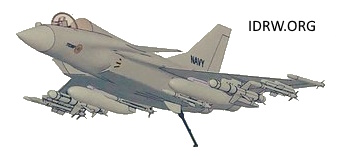
Jaideep Maolankar, a retired Naval Aviation Commodore and former sole and Chief Test Pilot for the LCA-Navy program, has expressed frustration over the slow progress of the Twin-Engine Deck-Based Fighter (TEDBF) program. In a recent post on X, Maolankar highlighted the program’s delays and questioned the government’s intentions for India’s Second Aircraft Carrier (IAC2).
Maolankar emphasized the importance of the TEDBF program for the IAC2, stating that it is a crucial component of the carrier’s capabilities. He criticized the government for not sanctioning the TEDBF program yet, despite mentioning the IAC2 in the Cabinet Committee on Security (CCS) meetings.
Continue readingSOURCE: AFI
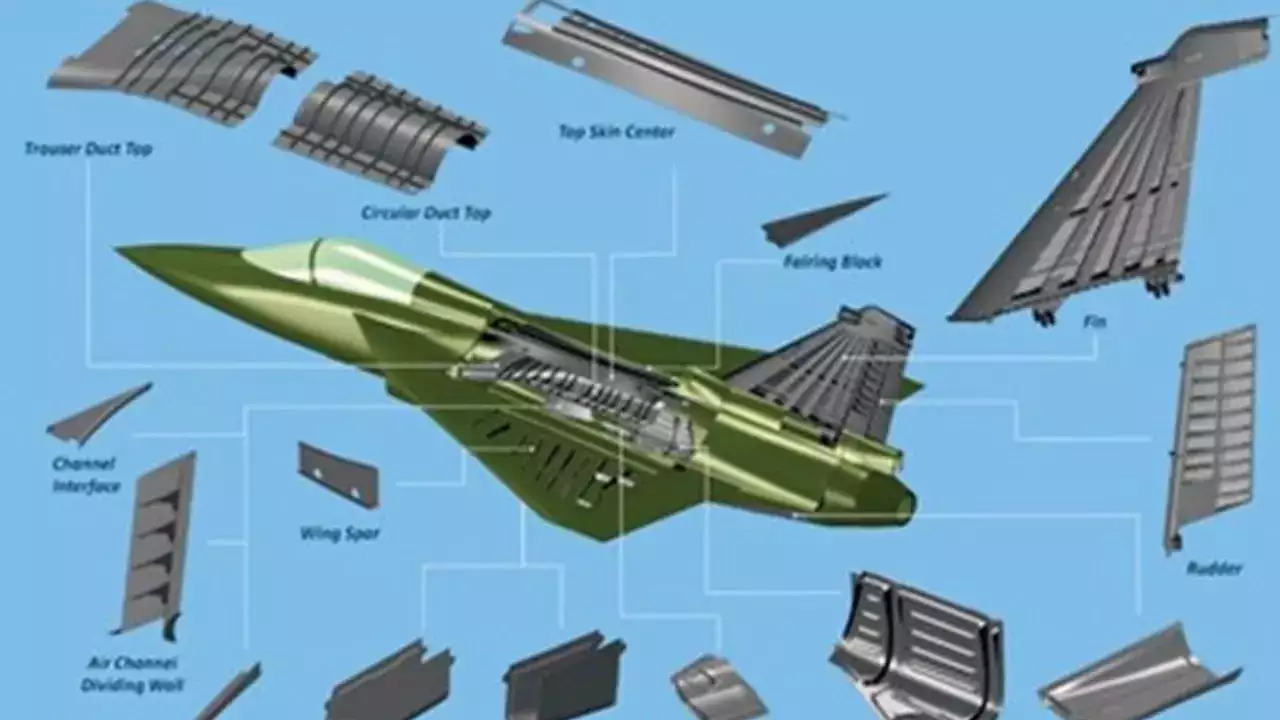
Hindustan Aeronautics Limited (HAL) has recently revealed the intricate details behind the production of India’s indigenously developed Light Combat Aircraft (LCA), the Tejas Mark IA. According to the company, each Tejas Mark IA aircraft is composed of a staggering 14,837 parts. This astonishing figure underscores the complexity and precision involved in the manufacturing process.
To assemble such a sophisticated aircraft, HAL employs a wide range of specialized tools and equipment. The company has indicated that 11,000 tools are required to ensure the accurate and efficient production of the Tejas Mark IA. This vast arsenal of tools highlights the meticulous craftsmanship and attention to detail that goes into creating this cutting-edge fighter jet.
Continue readingSOURCE: AFI
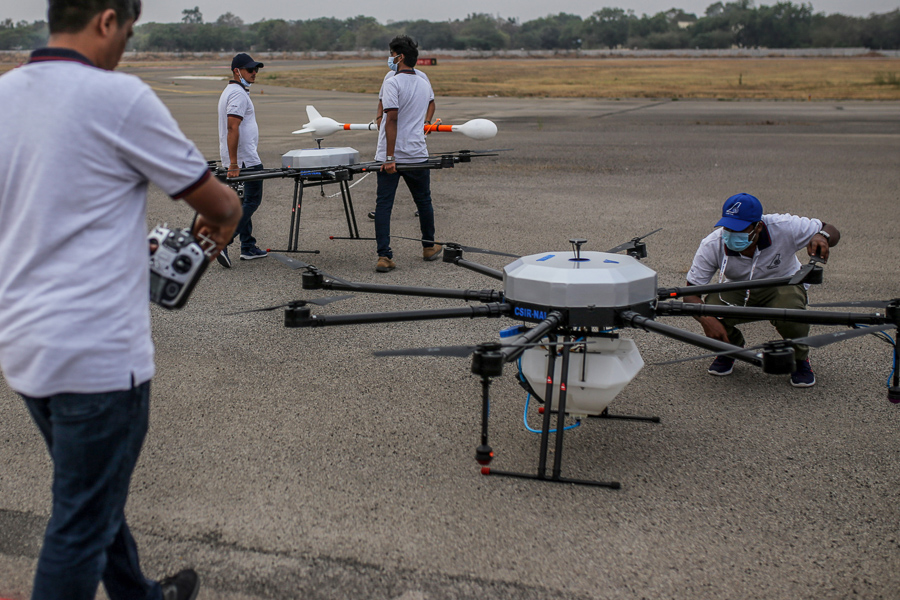
India’s drone industry is at a critical juncture, grappling with the delicate balance between national interest and vested interests. Recent interactions with top defense officials have highlighted the growing importance of drones as a strategic asset, but also exposed the challenges posed by a fragmented and often misguided industry.
The realization that drones are a “must-have” technology from a national security perspective has spurred calls for a more cohesive and focused approach. Past missteps, characterized by a reliance on cheap Chinese products and a lack of support for indigenous development, have compromised India’s self-reliance in this vital sector.
Continue readingSOURCE: AFI

Chennai-based Dream Aerospace Pvt. Ltd. has introduced its groundbreaking “Atom” Green Monopropellant Thruster, a cutting-edge propulsion system that utilizes a HAN-based (Hydroxylammonium Nitrate) non-toxic green fuel. The Atom thruster is designed to deliver efficient and eco-friendly propulsion for space missions, offering thrust levels starting from 1 Newton (N), catering to various satellite and space vehicle applications.
The Atom thruster stands out in an industry traditionally reliant on hydrazine, a highly toxic and hazardous fuel commonly used in space propulsion systems. Dream Aerospace’s adoption of HAN-based fuel marks a significant advancement in reducing environmental impact and enhancing safety. HAN, a high-performance monopropellant, is known for its non-toxic properties and easier handling compared to hydrazine. This makes the Atom thruster a much safer option for satellite operators and manufacturers, while also reducing the risk to ground personnel during fuel handling and transportation.
Continue reading